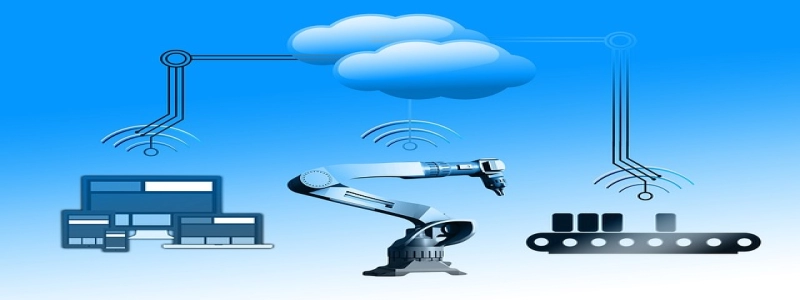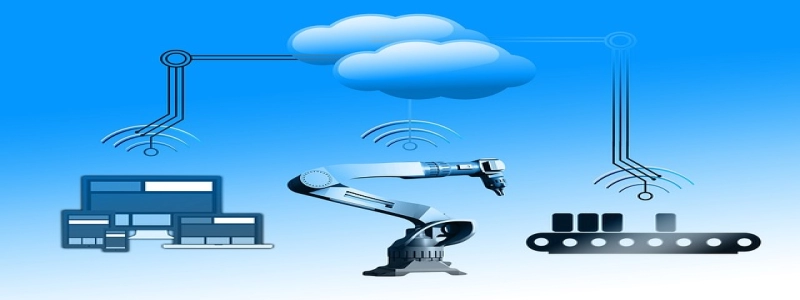Ethernet IP Topology
Въведение
In the world of computer networking, Ethernet IP is a widely used protocol for communication between devices in a local area network (LAN). The Ethernet IP topology refers to the arrangement or structure of these devices within the network. В тази статия, we will explore the different levels of Ethernet IP topology and their significance.
1. Physical Layer Topology
At the lowest level, the physical layer topology deals with the physical connections between devices in the Ethernet IP network. This includes the cables, connectors, and network interface cards (NICs) used to establish physical connections. The most common physical topologies include star, bus, ring, and mesh. Each topology has its advantages and drawbacks in terms of cost, scalability, and fault tolerance.
2. Data Link Layer Topology
Moving up to the data link layer, the topology focuses on the logical connections and addressing within the Ethernet IP network. This layer is responsible for creating and interpreting data frames, error detection and correction, and media access control. The data link layer topology can be described as either point-to-point or multipoint. In point-to-point topology, devices communicate directly with each other, while multipoint topology allows multiple devices to communicate through a central device such as a switch or hub.
3. Network Layer Topology
The network layer topology is concerned with the logical addressing and routing of data packets within the Ethernet IP network. This layer provides end-to-end communication between devices located on different networks. The most common network layer protocol used in Ethernet IP is the Internet Protocol (IP). The network layer topology can be described as hierarchical or flat. In a hierarchical topology, routers are used to connect different networks, while in a flat topology, all devices are connected to a single network.
4. Transport Layer Topology
The transport layer topology deals with the establishment, maintenance, and termination of logical connections between devices in the Ethernet IP network. This layer ensures reliable, error-free data transfer between devices. The most commonly used transport layer protocol in Ethernet IP is the Transmission Control Protocol (TCP). The transport layer topology can be described as connection-oriented or connectionless. In a connection-oriented topology, a virtual circuit is established between devices before data transfer, while in a connectionless topology, each data packet is treated independently.
Заключение
В заключение, the Ethernet IP topology plays a crucial role in determining the efficiency, scalability, and reliability of a local area network. The physical, data link, network, and transport layer topologies all contribute to the overall network architecture. By understanding and properly designing the Ethernet IP topology, organizations can ensure smooth communication between devices, optimize network performance, and enhance the overall user experience.








